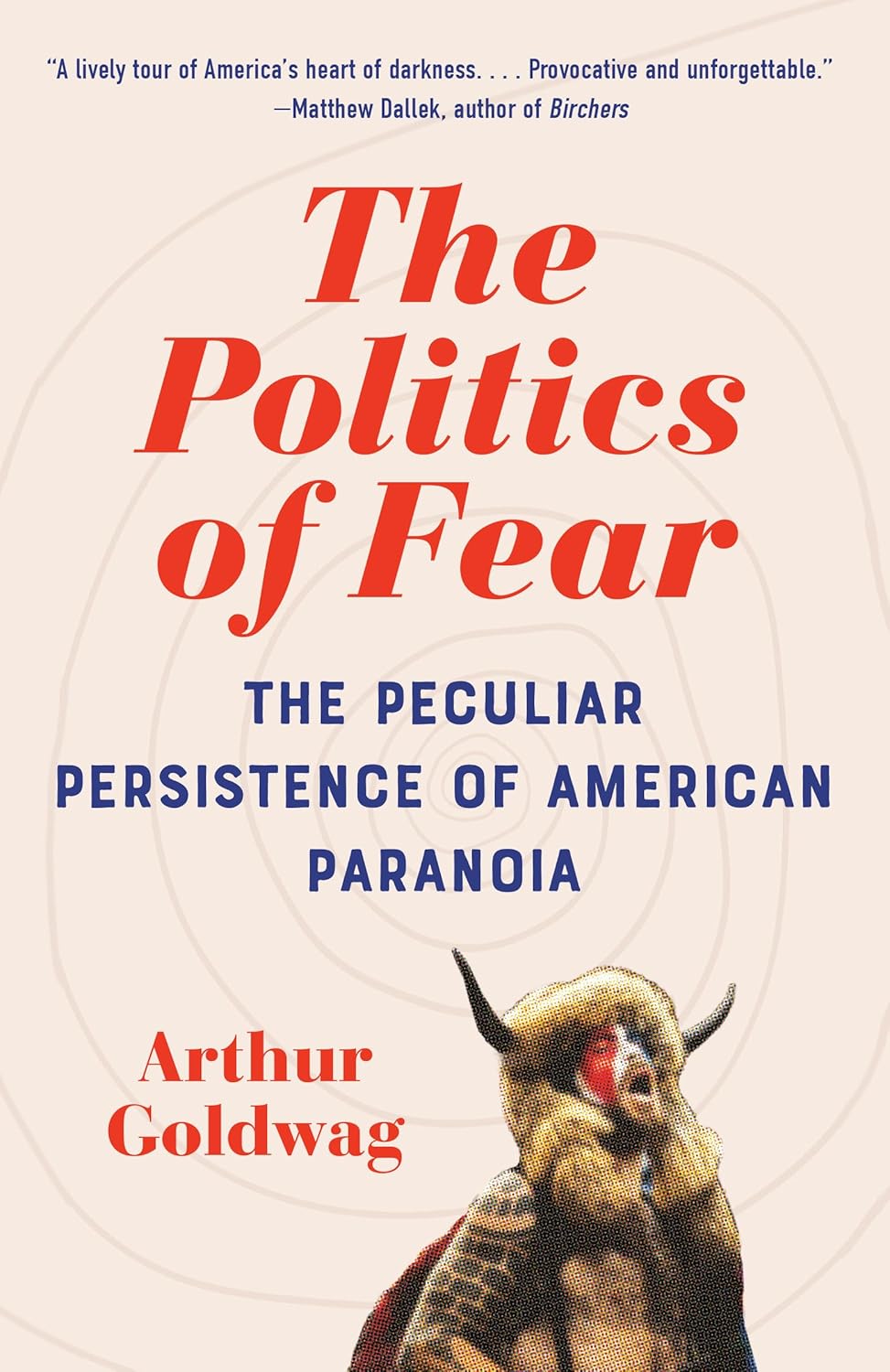Protestant conspiracy theorists look at their enemies and see Catholics. So do Catholic conspiracy theorists, at least when they are looking at the Masons, another group that captured Americans’ imaginations and attracted their hatred, animating today’s conspiracy theories. And it’s no wonder, because so many of the Masons’ secret rituals evoke their society’s fanciful connections with medieval Catholicism.
Beyond the Masons’ specific references to the Knights Templar and Jacques de Molay, the Templars’ last grand master (he was burned at the stake in 1314), the Gothic cosplay that figures in so many of their rituals is also characteristic of a lot of the Romantic art, architecture, landscape design, and literature of the late eighteenth and early nineteenth centuries. The Ku Klux Klan, which recruited many of its members from Masonic lodges, also adapted Catholic rituals and robes. The capirote, the pointed hood that Spanish and Italian penitents have worn since the Inquisition, was the likely source for the headpieces the Klan riders wore in D. W. Griffith’s Birth of a Nation, and that the revived KKK then adopted (the regalia of Reconstruction-era Klansmen was less formalized).
Unlike the Klan, the Freemasons were never organized around exclusion and hatred; their ideal was and is enlightenment. According to their founding myth, Hiram Abiff, the chief architect of the Temple of Solomon, was martyred when he refused to reveal the stonecutters guild’s occult secrets. In truth, Freemasonry is only a few centuries old, and like the American Constitution, is very much a product of the Enlightenment. The first Masonic Grand Lodge was founded in England in 1717; the first American lodge opened in Philadelphia in 1731 with Benjamin Franklin as a charter member. There are numerous varieties of Masonry (the York Rite, the Ancient and Accepted Scottish Rite, the Knights Templar, the Order of the Eastern Star, Royal Arch Masonry, and more). Some, like the Knights Templar, are explicitly Christian, but the ethos that most subscribe to is best described as humanistic deism. And if the Masons have a consistent class identity, it is bourgeois.
It’s not surprising that George Washington and Benjamin Franklin were Masons. Both were non-churchgoing men of affairs, devout republicans who were good with money and conversant with science (especially Franklin, though Washington studied and applied the agronomy of his day, experimenting widely with new techniques in planting, plowing, manuring, and crop rotation). Other prominent American Masons of the period were Paul Revere, John Marshall, John Hancock, and James Monroe. Among Europe’s well-known eighteenth-century Masons were the Marquis de Lafayette (an aristocrat to be sure, but something of a class traitor), and Goethe, Mozart, and Voltaire. In South and Central America, Simón Bolívar, El Libertador, was a Mason. There have been very conservative and racist Masons too. Albert Pike, for example, was a leader and major theorist of the Scottish Rite, one of the most speculative and esoteric varieties of Freemasonry; he was also a Confederate general, an avowed white supremacist, and active in the early KKK. But most were progressive-minded representatives of the rising Protestant middle class.
